Follow the Pacific Coast Highway around the Bay of Plenty and you reach the least visited, ‘undiscovered’ part of the North Island.
This is an outdoor paradise of rocky headlands interspersed with scores of golden sand beaches. It is the first place in the world to see the dawn of each new day.
Sheltered by towering bush clad mountains, the coastline offers good snorkelling and diving along its full length. Many of the historic coastal settlements are reminiscent of New Zealand as it used to be. The pace of life is relaxed – it’s the true Kiwi lifestyle holiday spot.
Dive shops in Whakatane, Gisborne and Napier can supply all your diving needs and will organise day trips on charter boats to the top diving spots.
Lottin Point
This prime land based game fishing and diving location is 4km off the main highway between Waihau Bay and Te Araroa (the gateway to East Cape). The shoreline rocks are wreathed in kelp and contain many reef fish shellfish and sponges. The diving is excellent in the mid-range to 20m and schools of kahawai and blue maomao are quite common.
Ariel Reef
Just up the coast from Gisborne, east of Tolaga Bay, is a top rated open water dive location with depths ranging from 3-30m. The edge of the reef has a regular procession of blue moki and tarakihi schools and the nooks and crannies conceal moray eels and crayfish (lobsters). The Penguin Rocks are a popular dive spot with 60m drop-offs.
Mahia Peninsula
Boat access is necessary to get to Table Cape where there is good snorkelling to 15m in clear water. Black Reef also has prolific marine life. The remains of the steamer Tongariro makes an interesting wreck dive in this area. Bull Rock has drop-offs to 35m and deeper with abundant fish life and great photography as visibility extends to 20m.
Pania Reef
Napier’s beautiful reef, just 4km from the wharf, has many ledges and crevices to hide a great variety of fish life. Also a rainbow of colourful clown nudibranchs, anemones, sponges and bryozoans.

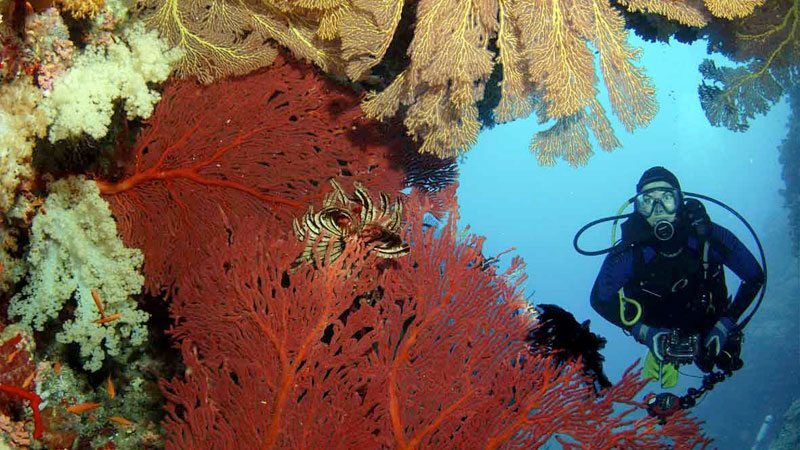
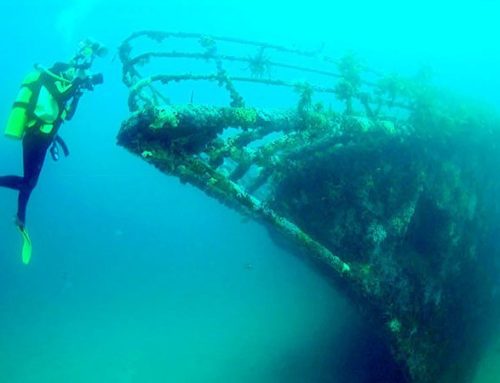
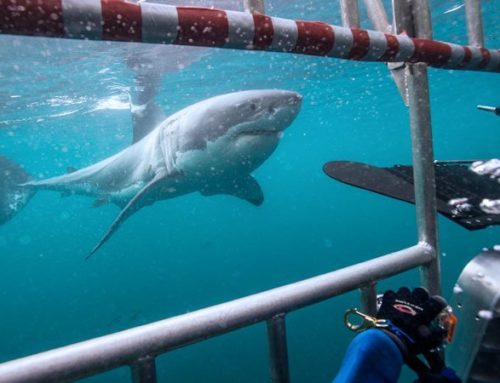
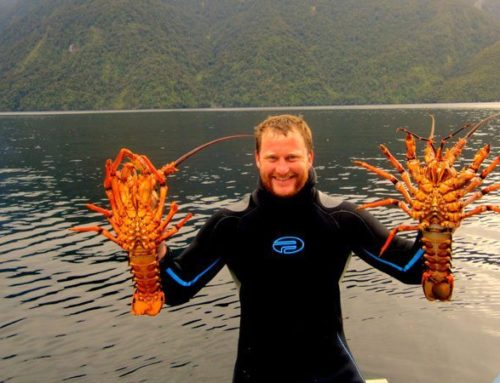
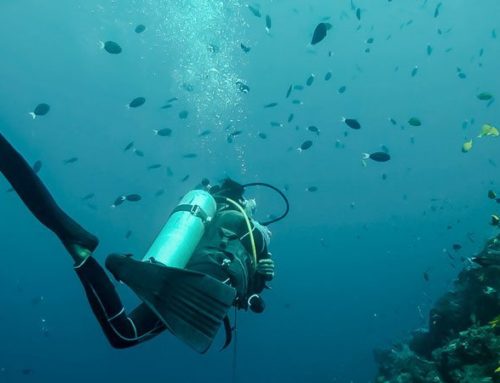
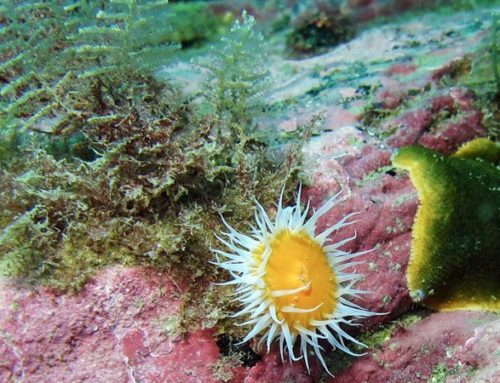
Leave A Comment